What is important when choosing a fish finder?
With a fish finder, anglers have a single goal: to find fish – and then cast the lure and reel them in.
The best fishing equipment is of no use to you if the fish is not where you are fishing. The fish finder should help to increase the catch rate and thus the fun of fishing. As well as, above all, to reduce the time spent searching for the fish. At least that’s the hope of most people thinking about buying a sonar.
But a sonar can do far more than many think, and often a quick glance at the screen is not enough to properly understand what’s happening underwater. So it’s important to ask yourself some basic questions before you buy (or use, at the latest):
- What am I looking for?
- Hotspots or fish arches?
- Do I prefer fishing for fish on the bottom or in open water?
- How deep is my body of water?
- Do I need my sonar on vacation?
- Do I also use the fish sonar in the sea?
- Is it important for me to recognize many structures under water?
- How expensive should my sonar be?
- Do I need a chart function with GPS?
We answer some of these questions in this article and many more in our other articles with fish sonar tips.
Fish finder in 2021
A lot has happened again in 2021. Thus, real CHIRP slips even further into the lower price range. We therefore recommend that you include CHIRP in your purchase decision in any case. The modern fish finders currently even deliver HD images of the
- the condition of the water bottom,
- the temperature,
- the thermocline,
- the depth
- as well as exact information about whether the fish are on the surface, in the midwater or on the bottom of the water.
Understanding these fish finder images is the obstacle most anglers have to overcome. A sonar image is certainly not easy to interpret, as the exact position of the fish is only visible with certain features such as SideSonar or Multibeam (found on the Garmin Panoptics, for example).
In most cases, however, the traditional 2D sonar is used. Here, only with sufficient experience can the exact position of the fish or the hotspot on the bottom of the water be estimated.
In addition, sonars do not provide one thing: clear pictures of the scanned fish. So you never know for sure what exactly it is in the water.
To determine the position and at the same time the fish, only knowledge helps. The sonar professionals draw this from years of experience, experience and more experience.
This small elite group of about 20% of the anglers, will pull year after year about 80% of the fish from a body of water.
And this despite the fact that they often stand just a few meters next to you and magically drill one fish after another, while one himself hypnotizes the water for hours. Without a single catch to be able to book for itself.
Not much more promising is the “tactic” to drive aimlessly from one supposedly good spot to another. Until the precious fishing time comes to an end. And the success is usually just as modest.
If you are tired of lousy days and empty landing nets, you have to build up a knowledge advantage.
If you manage to do that, you will be able to move up from the mass of 80% to the upper league of 20% with the fish.
Only in this way, you will be more and more often at the right spot at the right time.
A sonar is not a Swiss Army knife – easy to use and yet versatile. But its operation is just as little rocket science. And above all, it doesn’t have to be complicated.
-
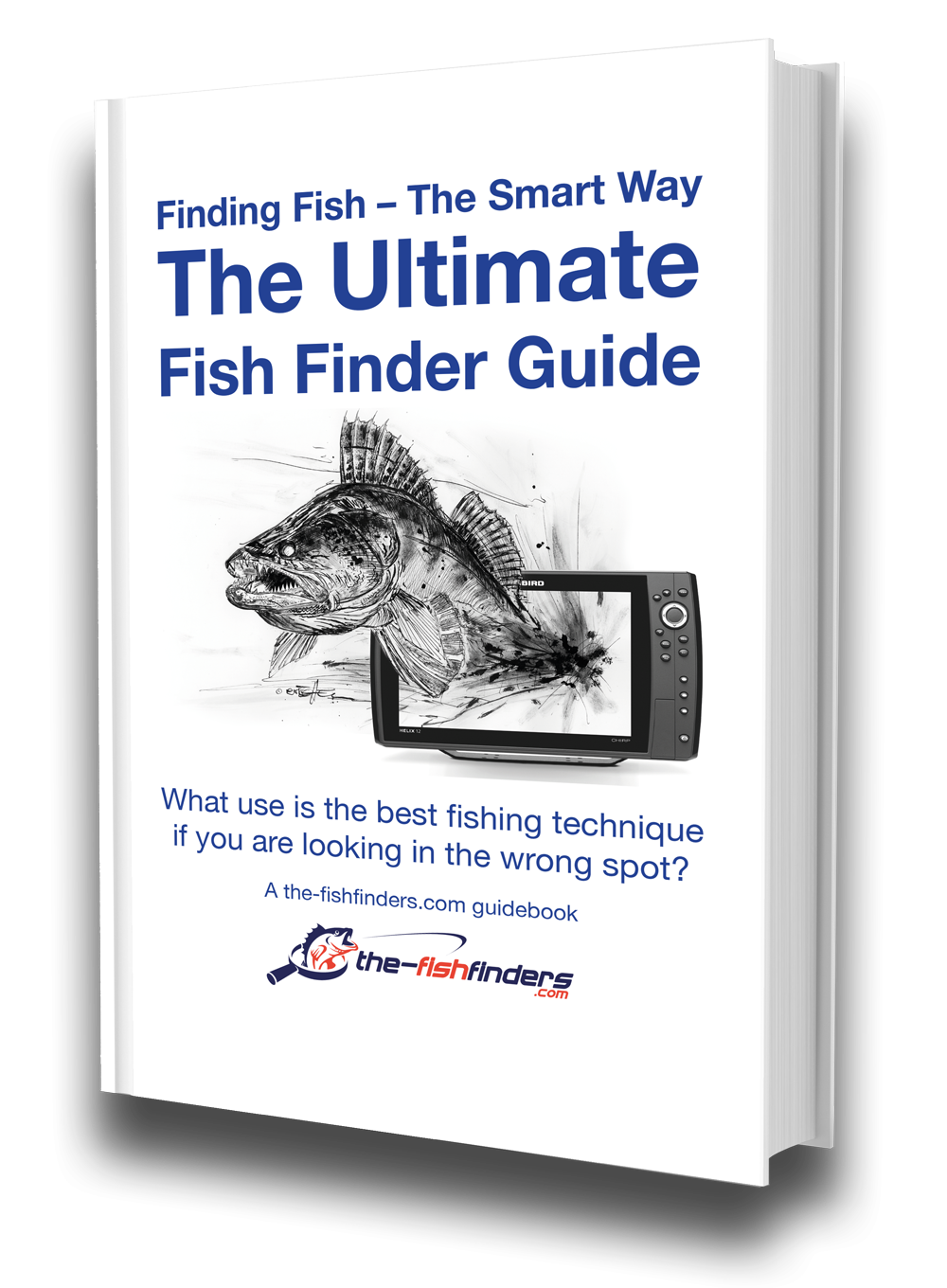
The Ultimate Fish Finder Guide
Download 40 pages for free now
Reviews ( 17 )
What do you need to look for when buying a fish finder?
As already mentioned, it is of crucial importance that you first inform yourself in detail before buying your fish finder. Then, in a second step, you can select the device with the appropriate functions for your personal requirements.
To help you with the decision process, we have summarized the most important functions of a sonar in the following chapter. As well as what importance we attach to each of them.
Essential features
Based on our years of experience, we have compiled the most important functions in a ranking. These are the decisive criteria for us when buying a sonar. We would no longer recommend buying a sonar that does not have these features.
True CHIRP transducer
100
CHIRP means better fish detection. With single frequencies, fish can only be detected as individual fish at a slightly wider distance from each other. CHIRP, on the other hand, makes it possible to display even closely packed fish as individual fish arches.
Your wallet
95
In the second rank, we would then pay attention to the wallet and save on the other functions. CHIRP comes first – everything else is subordinate to the available budget.
Traditional Sonar - narrow Sonar beam
91
Only the narrowest possible beam angle of the traditional sonar (from 15° to 25°) allows the true bottom structure under water to be seen to some extent in order to detect bottom depressions that hide many fish.
GPS maps ready
85
Only with a GPS map when fishing, you can precisely navigate to the best hotspots. And you can also mark them for future fishing trips. In addition, it is often possible to record the depth while driving and thus get a fantastic overview of sloping drop offs and underwater hills! GPS functions also increase safety in case of fog. If you can afford GPS and a chart, you should make this investment.
Side Sonar
83
The side sonar is one of the best features to locate structures on the bottom and find hidden hotspots. In addition, a bigger area is scanned. This saves some trips with the boat. The best thing is that you don’t have to drive directly over the spot and maybe spook the fish before fishing.
!!! We rate this feature 83 for the following reason – it’s the price. For many anglers, a side scan sonar is simply too expensive to purchase. We would always recommend to wait one more season, save more money and then get a fish finder with side sonar. This opens up a whole new world and you are guaranteed to find spots that you have always passed by.
2 frequencies can be used alone
79
From our point of view, a combination of 2 frequencies (DUAL Beam) does not bring as much as individually selectable frequencies with the traditional sonar. With 2 individual frequencies, you can display the appropriate of the two according to the situation. In addition, different frequencies often use different beam angles.
Nice to have features
The following functions are good to have, but not essential. For these, you can therefore consider whether you will
- firstly, you will use them to a sufficient extent
- secondly the surcharge to be paid for them makes sense.
A wide high-contrast and high-resolution display
83
We need a lot of contrast on the water in bright sunshine. Otherwise, nothing can be recognized and the sonar is useless. The size and resolution of the display is responsible for the sharp details. A good transducer provides many details and the display must also be able to show them.
DUAL-BEAM
60
Some transducers can use 2 frequencies simultaneously. Since frequencies are coupled to the beam angle, echo sounding images of different ranges around the boat are obtained.
With DUAL BEAM, the results from the echoes of both beam angles are displayed in the same image.
This method has the advantage that you only have to look at one image, which is easy for the layman. In turn, you do not know which fish is under the boat and which is further away.
Power above 500 watts in shallow inland waters
55
For most inland waters, a 500 watt sonar is sufficient, as it is designed for depths up to 250 meters.
Transducers that use 1 kW are very often designed for the sea or really big depths.
W-LAN and screen share
55
W-LAN is hip, W-LAN is modern – and in fact, with this function, you can display the details of the transducer on a bigger tablet. You save on the actual screen if you already own a tablet.
In summary, many fishfinders differ in quality such as.
- the display and imaging,
- the usability.
- and the user friendliness.
Or in in technical details like
- number of transducers
- the transmitting power
- the resolution of the screen
- and also the coverable width of the beam angle
are for most the purchase-deciding points.
Some sonars are even suitable for depths up to almost 1.000 m (3,300 ft). Lowrance gives for some elite fish finders whole 914 m (3,000 ft) depth capacity.
It should be clear to everyone that at such depths there is nothing left to interpret fish crescents, because the frequency of 50 kHz does not allow this level of detail. But it should be enough to find interesting spots on the bottom for fish. And honestly. Who of us fishes at this depth?
If you are still unsure about which sonar to buy for fishing, you can a have a look at the other fish finder reviews in our extensive fish finder test (including the newest models of all important fish finder manufacturers like Garmin, Lowrance, Humminbird or Raymarine) or write us a short message. Have fun on your next angling trip and “Petri Heil” – Jens and Martin.
Could you take 1 Click to share your experiences?
We will be forever grateful. With your rating we can improve.
average rating 5 / 5. Number of ratings: 4
Be the first to rate this post!

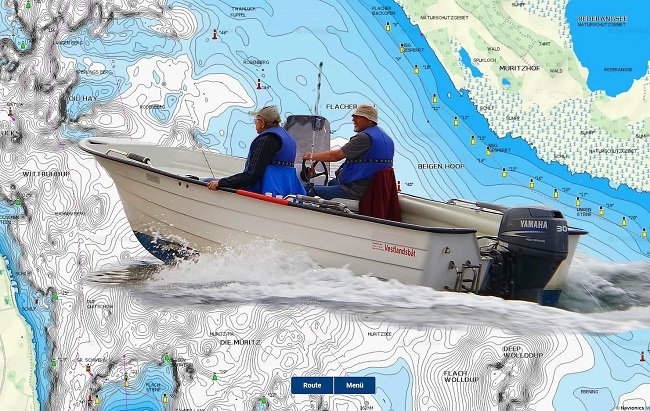
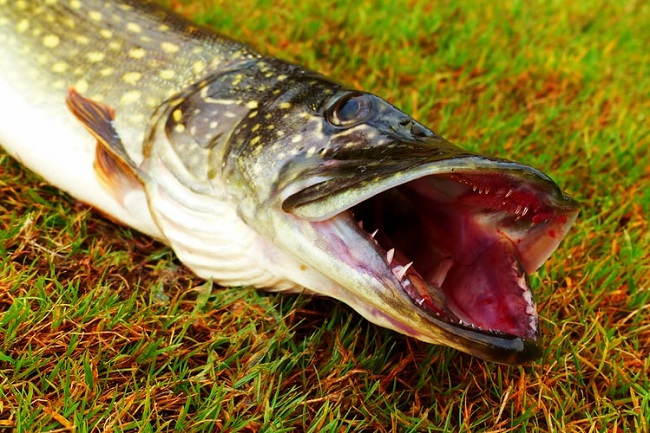
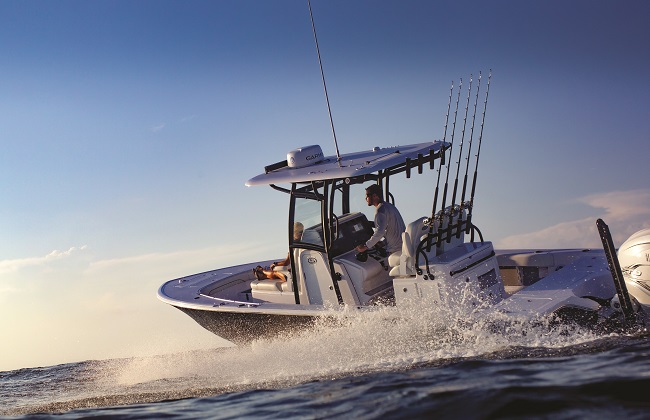
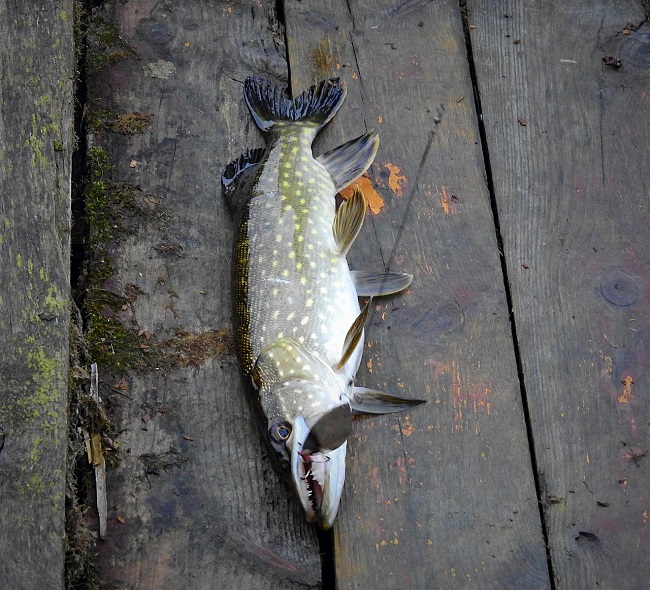
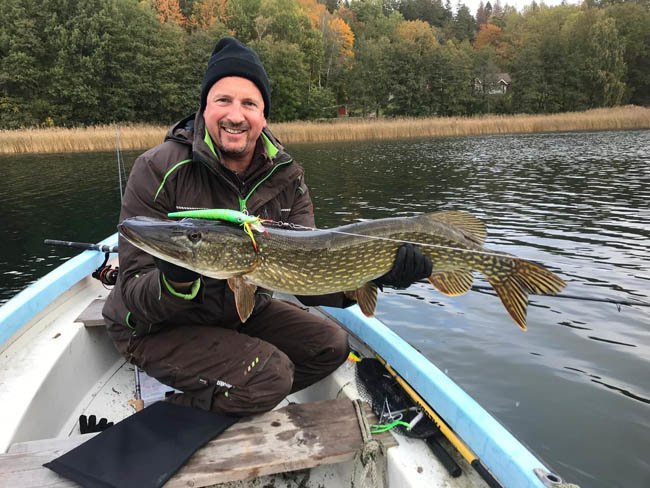
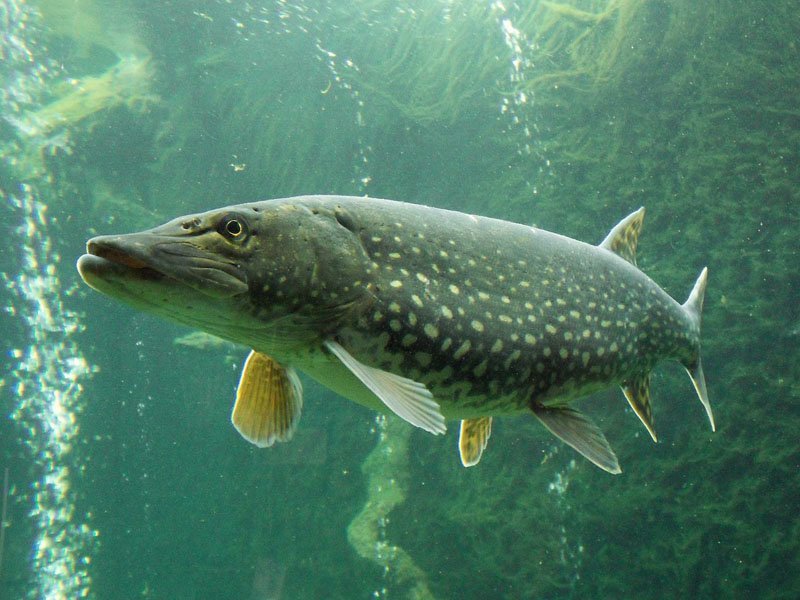
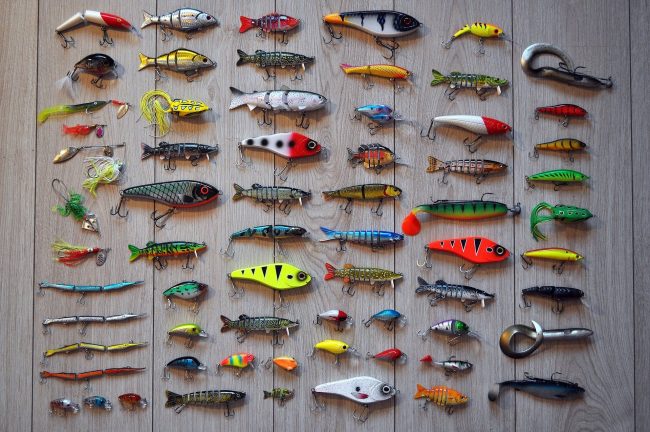
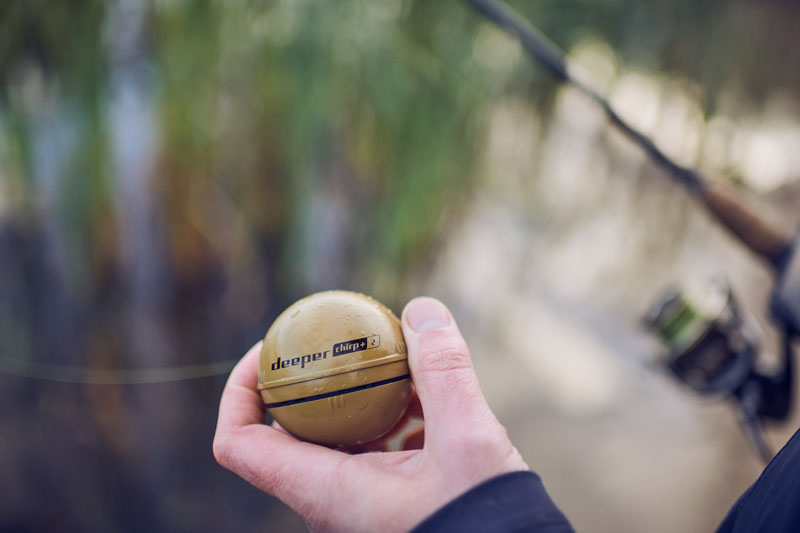
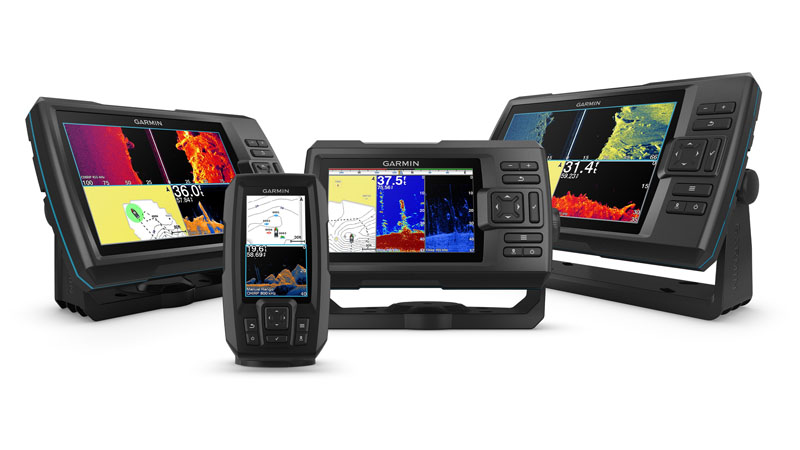
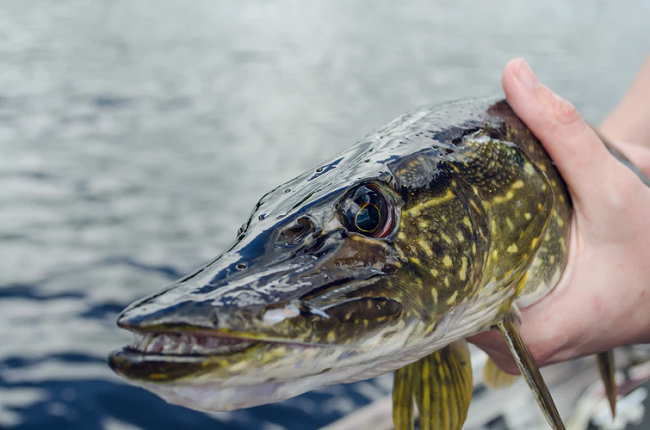
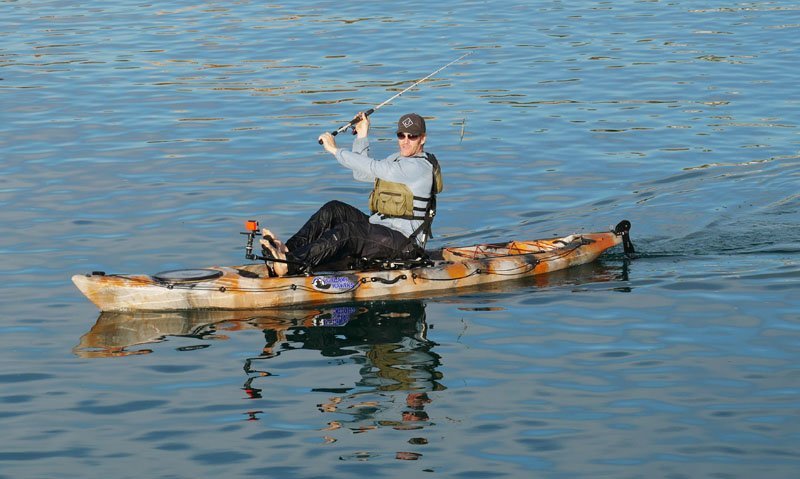
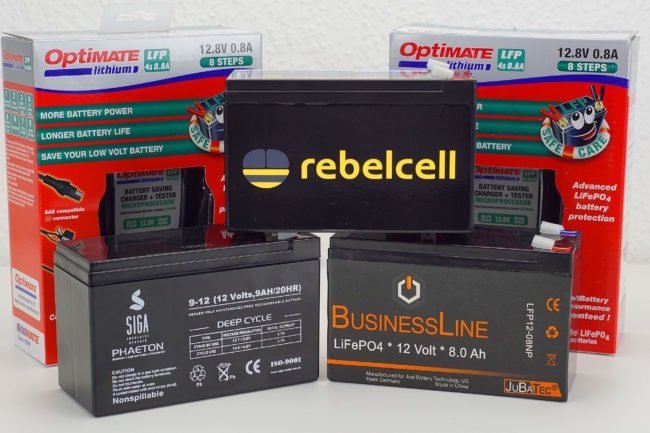
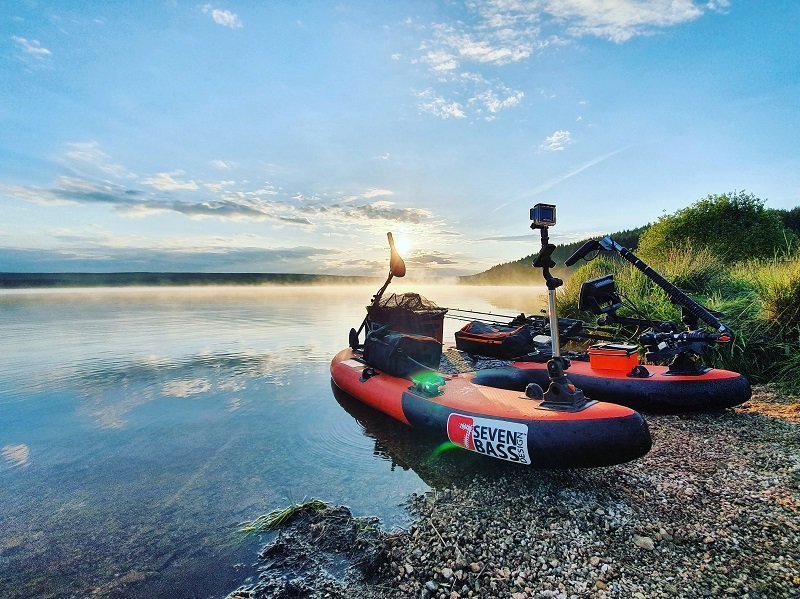
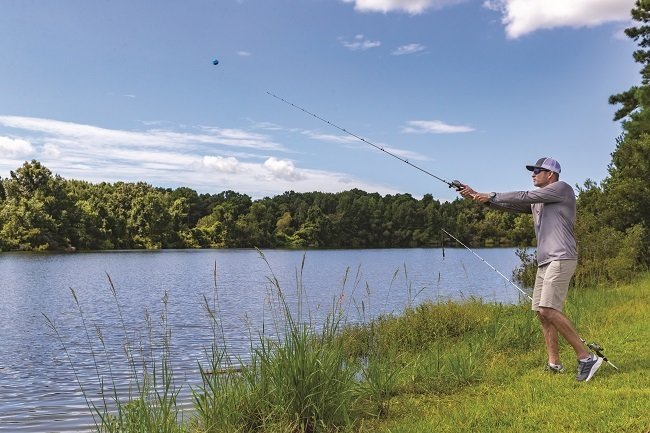
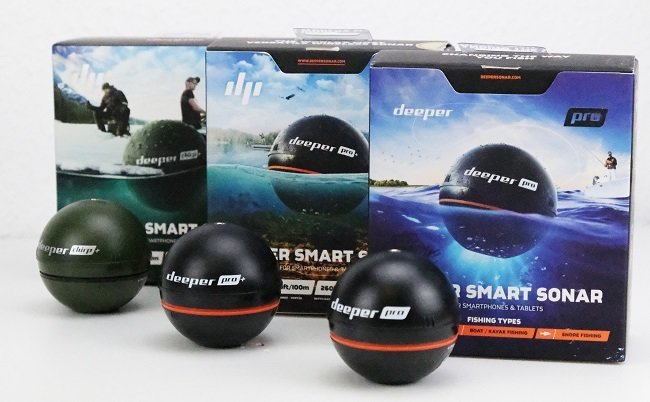

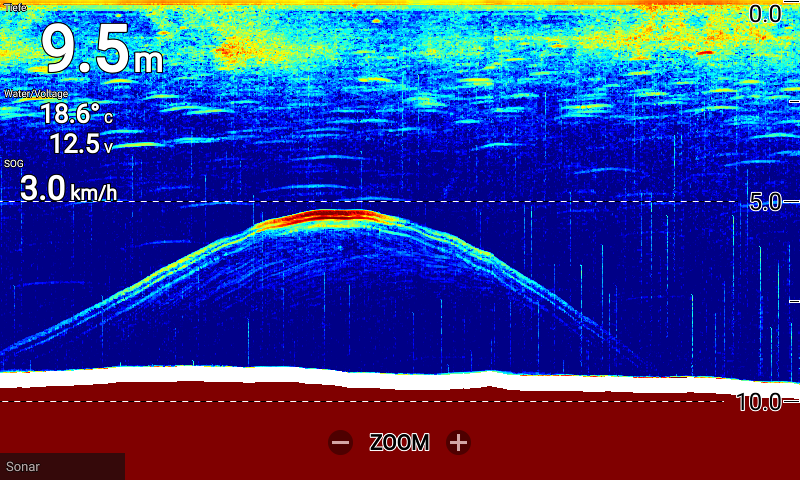
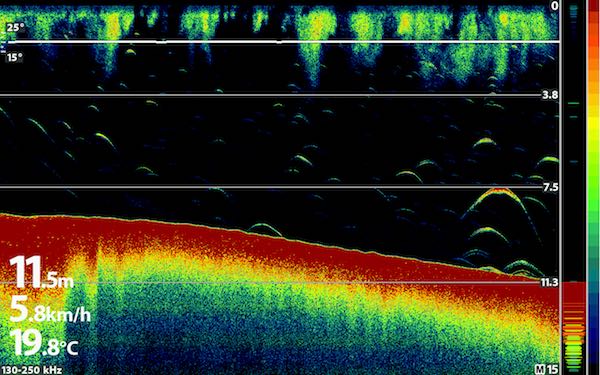
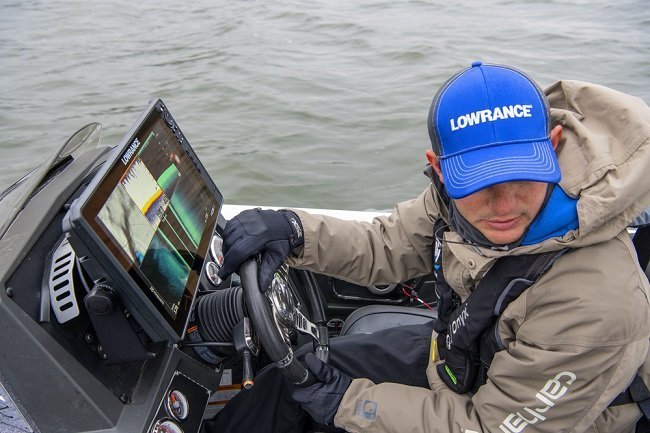
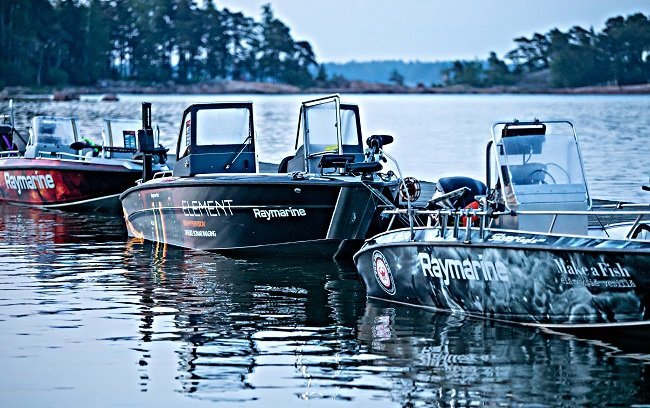
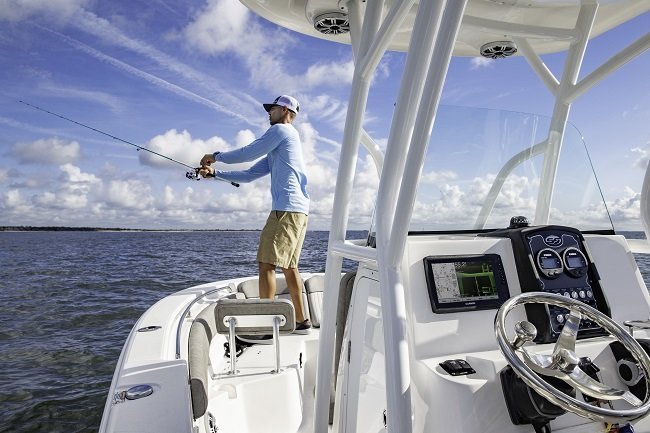
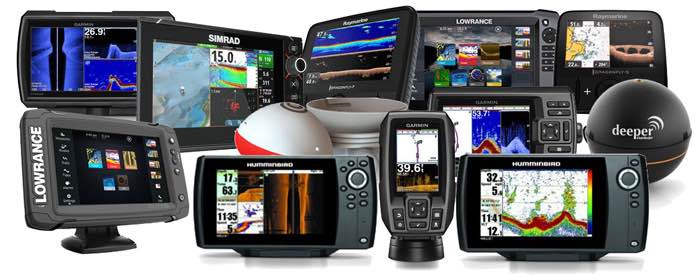
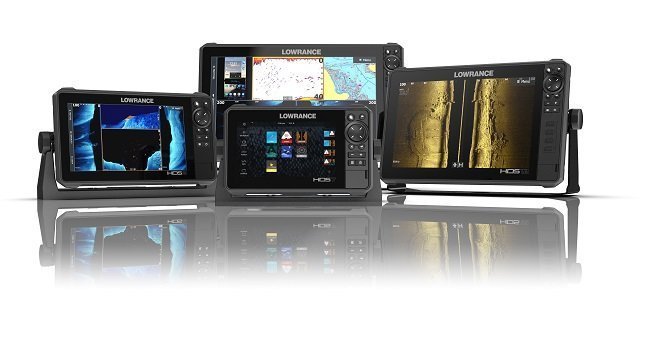
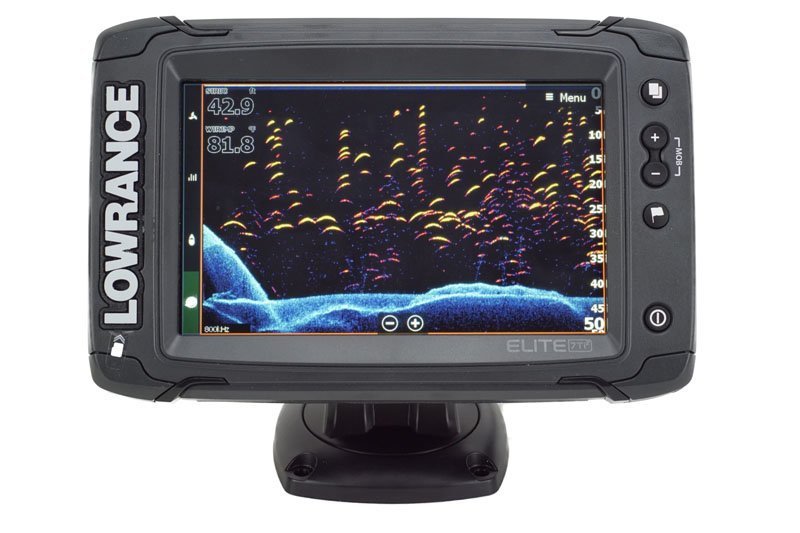
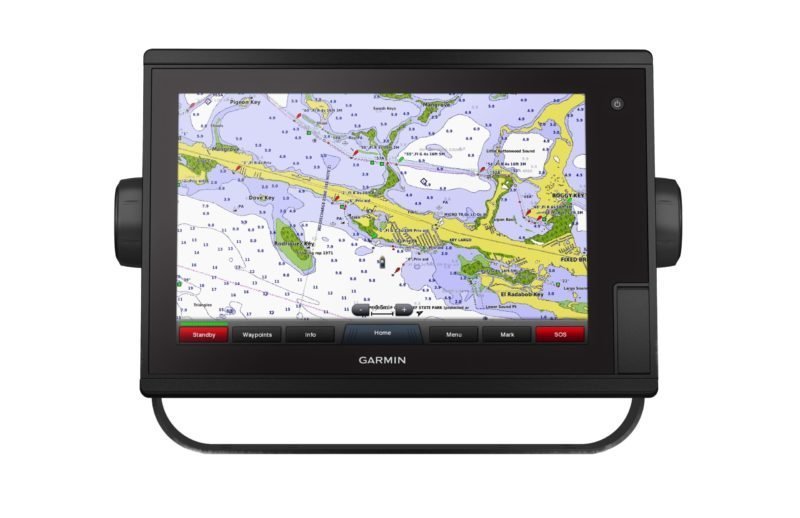
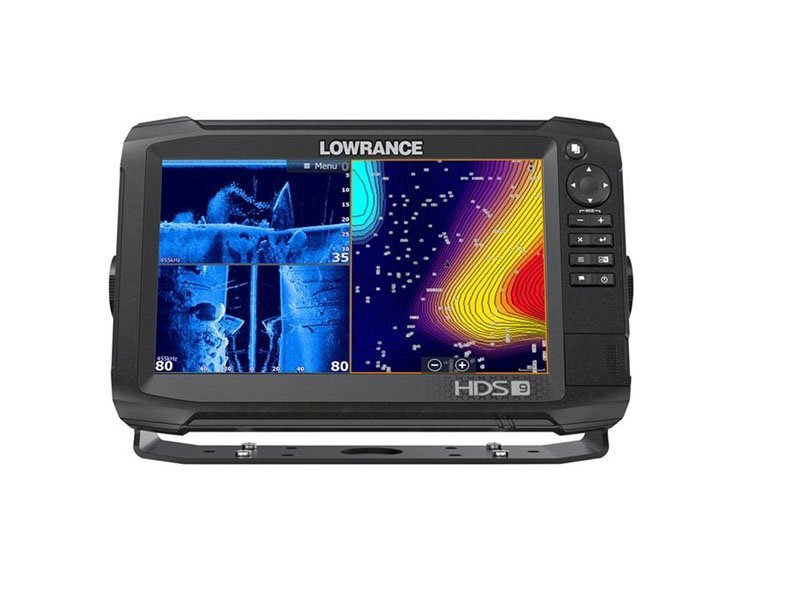
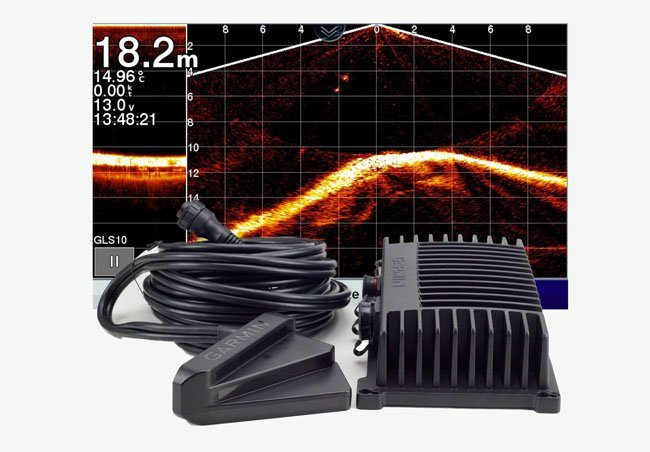
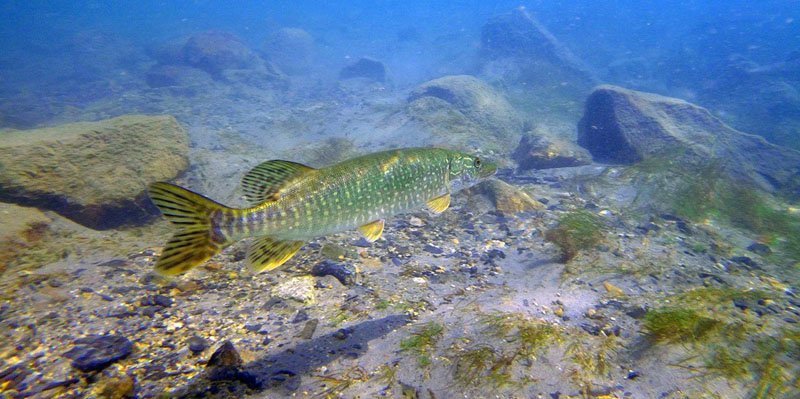
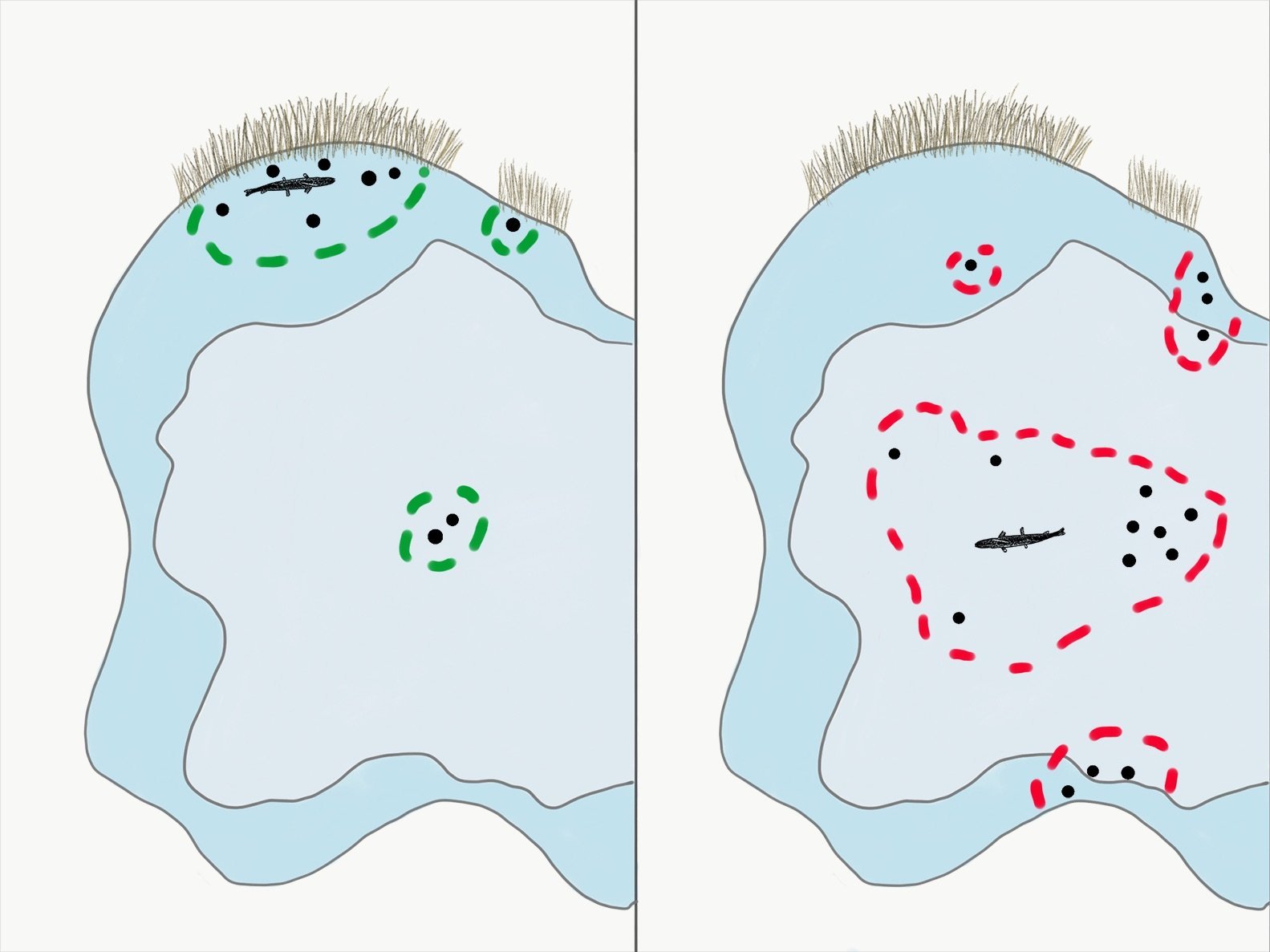
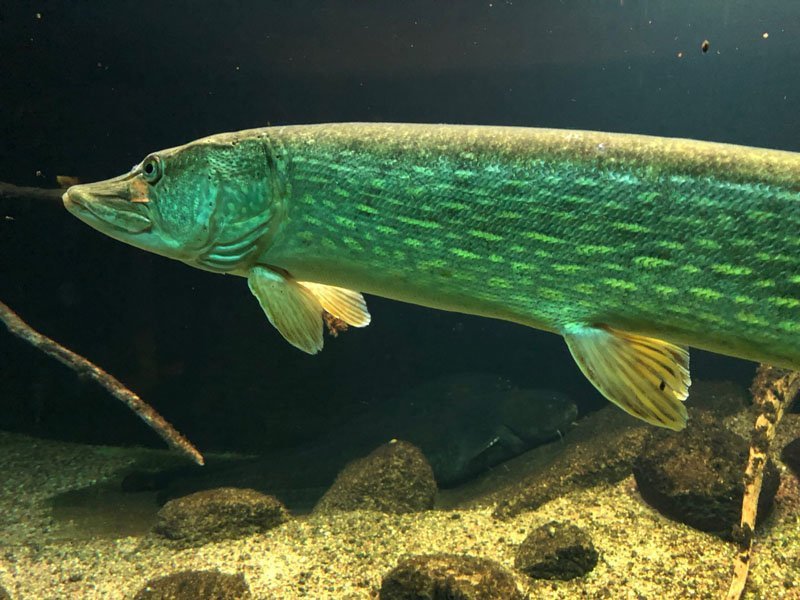
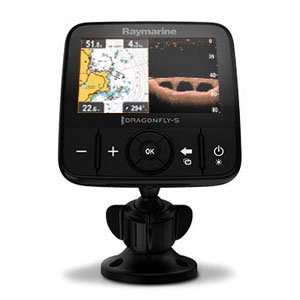
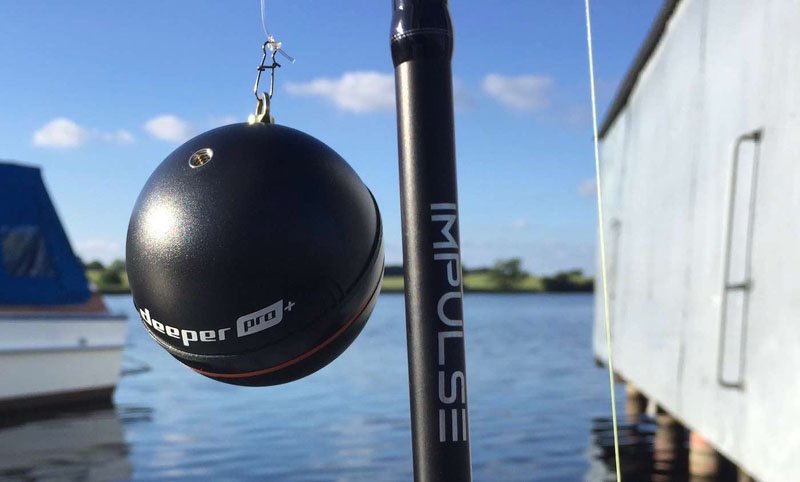
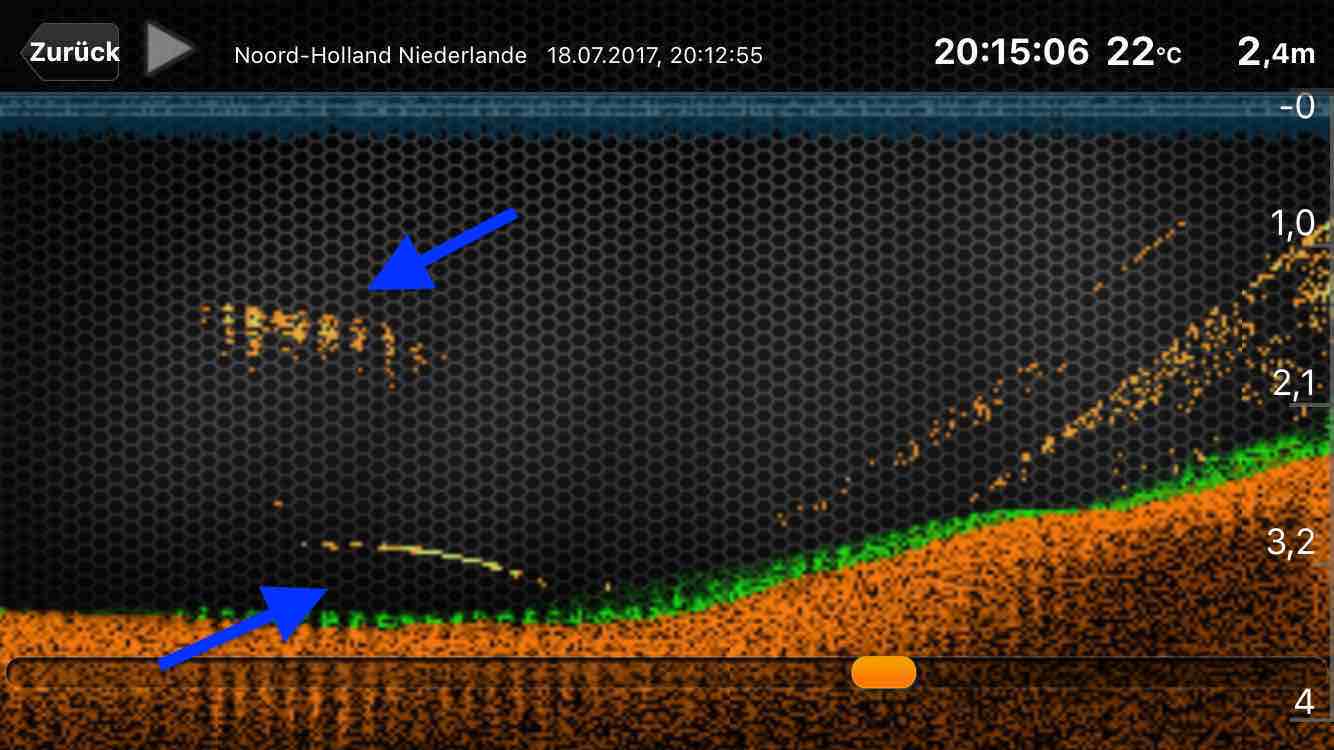
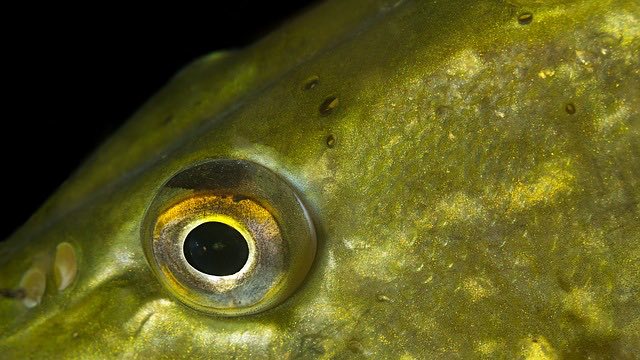


Raphaël G
Vladimir M
NICHOLAS JOHN REECY
Henrik
Dr. Manfred Marx
Andreas Witz
AK
Lübbe Wolfgang
Kalksee
Enrico Indelicato
Udo
Josef Weiss
Peter
Holger Just
Matthias Wappler
M. Hermanns
TACKLEFEVER